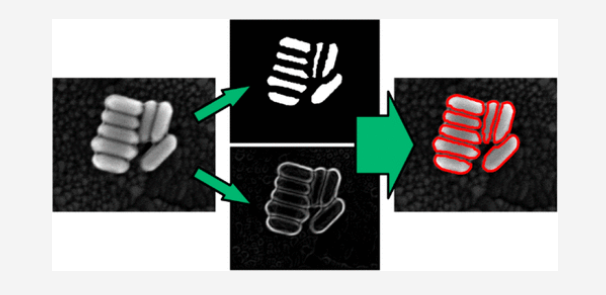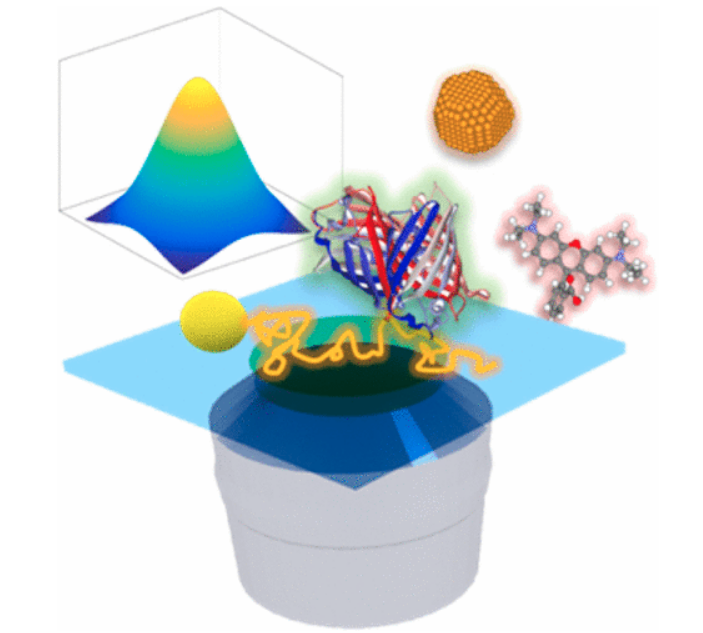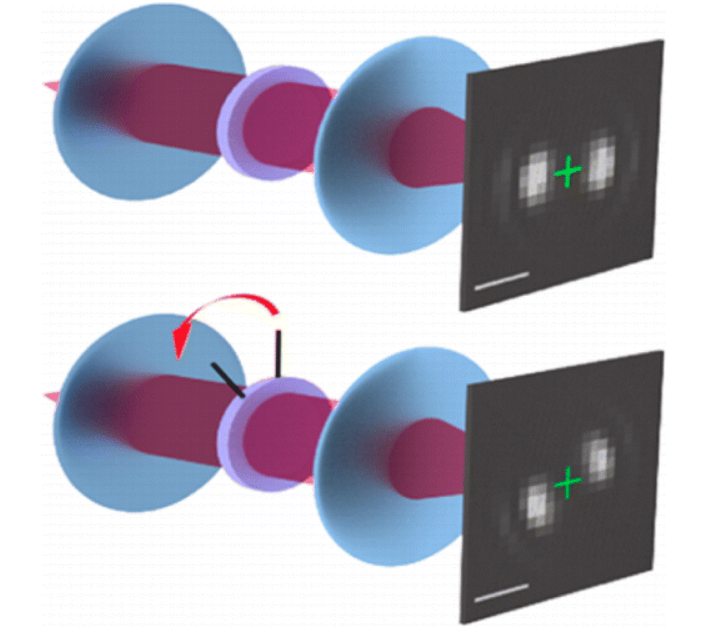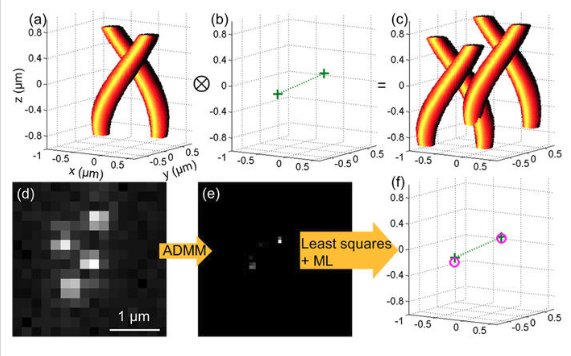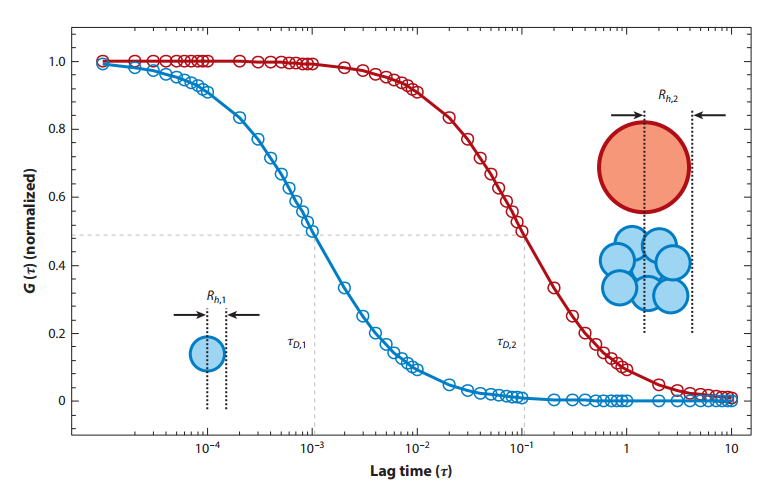Imaging and Signal Processing
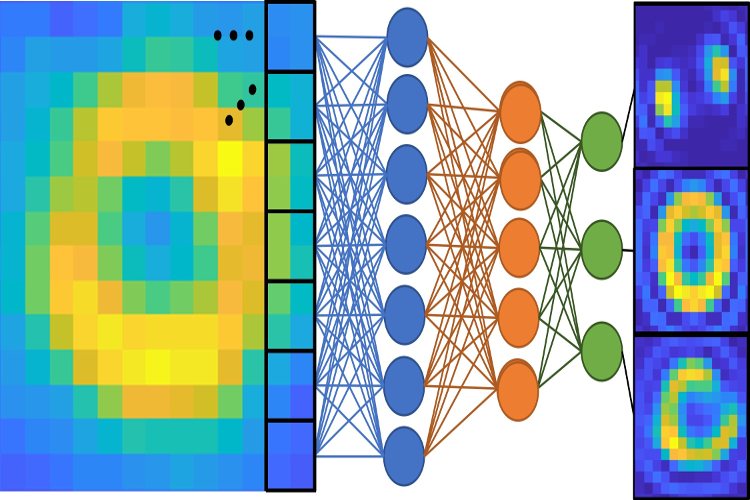
Imaging and Signal Processing
We pair our experimental endeavors with statistically driven theory to explain our results as well as create methods that allow us to break past the Abbe-Diffraction limit. In general, we attempt to utilize new techniques originating from the fields of electrical engineering and computer science to tease subtle information observed under the microscope. In doing so, we can capture details about the conformational state of proteins, particle locations below the diffraction limit of light, and capture dynamics occurring below the framerate of our detector.
Approach
- We utilize Maximum-Likelihood estimators to estimate the number of conformational states of proteins in Förster Resonance Energy Transfer (FRET) studies.
- Statistical analysis is used to analyze the point-spread function (PSF) of a particle to identify it's three-dimensional spatial coordinates.
- The wavelet family of functions were used to identify the transition points between steady state signals, thereby filtering out high frequency noise from FRET data.
Related Papers
Baiyasi, R., Gallagher, M.J., McCarthy, L.A., Searles, E.K., Zhaing, Q., Link, S., Landes, C.F., "Quantitative Analysis of Nanorod Aggregation and Morphology from Scanning Electron Micrographs Using SEMseg" J. Phys. Chem. A 2020, 124, 25, 5262–5270
Shen, H, Tauzin, L, Baiyasi, R, Wang, W, Moringo, N, Shuang, B, and Landes, C. F, "Single Particle Tracking: From Theory to Biophysical Applications" Chem. Rev., 2017 117 (11), pp 7331–7376
Wang, W, Shen, H, Shuang, B, Hoener, B. S., Tauzin, L. J., Moringo, N. A., Kelly, K. F., and Landes, C. F, "Super Temporal-Resolved Microscopy (STReM)" J. Phys Chem Lett. 2016 7 (22), pp 4524-4529
Shuang, B., Wang, W., Shen, H., Tauzin, L. J. Flatebo, C., Chen, J., Moringo, N. A., Bishop, L. D. C., Kelly, K. F., Landes, C. F. , "Generalized recovery algorithm for 3D super-resolution microscopy using rotating point spread functions" Scientific Reports, 2016, 6: 30826
Dominguez-Medina, S.; Chen, S.; Blankenburg, J.; Swanglap, P.; Landes, C. F.; Link, S, "Measuring the Hydrodynamic Size of Nanoparticles Using Fluctuation Correlation Spectroscopy" Ann. Rev. Phys. Chem. 2016, 67.
